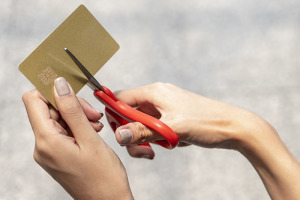A carbon dioxide fire extinguisher is a special device that can cope with the ignition of substances of various nature that cannot burn without direct access of air. The rules for using a carbon dioxide fire extinguisher are described in detail in this article.
Where can i use
Most often, this type of fire extinguisher can be found in urban and railway transport, various electrical installations, as well as in such rooms as museums, archives, galleries and libraries.
Please note that the rules for using a carbon dioxide fire extinguisher prohibit its use to eliminate the ignition of substances that can burn without oxygen. These include calcium, potassium, sodium, as well as polymeric materials. Do not forget about cotton, sawdust, herbal flour and pyroxylin.
How does a carbon dioxide fire extinguisher
The operation of this unit is to displace the charge of CO2 under the influence of excess pressure. This pressure is usually set during filling of the unit tank.
Most often, carbon dioxide is placed in a cylinder under a pressure of 58 kilograms per square centimeter. In this case, the air temperature is twenty degrees.

The maximum allowable pressure is 150 kilograms per centimeter square, at an operating temperature of 50 degrees Celsius.
The rules for using a carbon dioxide fire extinguisher report that when you open the locking and starting device, a strong charge of carbon dioxide comes to the socket through the siphon tube. At this time, the contents of the fire extinguisher goes from a liquid to a gaseous state. In this case, the contents of the container may increase in volume up to five hundred times. This process is accompanied by cooling to -72 degrees Celsius, as well as partial crystallization.
Carbon dioxide filling the fire extinguisher has the ability to cool the burned areas by diluting the combustible medium with a non-combustible substance to such a state until the combustion reaction is completely stopped.
Rules for using a carbon dioxide fire extinguisher
In fact, using this unit is not at all difficult. The main thing is to remember and perform several simple actions and manage to cope with the increasing fire in time.
So, what needs to be done to put the fire extinguisher in action:
- Tear off a seal from it or pull out a check.
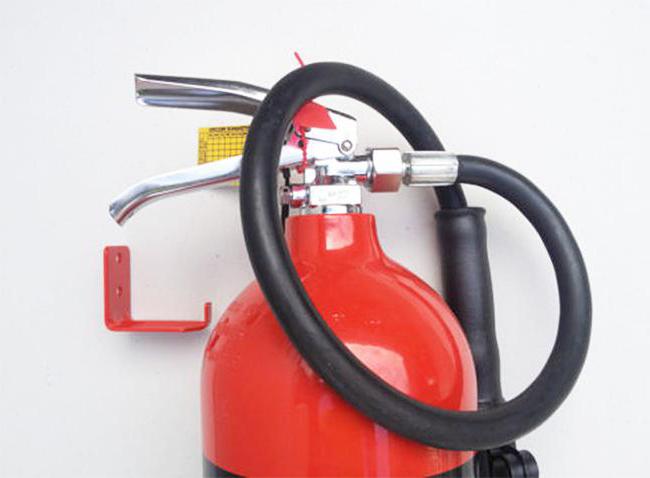
- Confidently direct the bell itself to the ignition site.
- And then you need to act depending on the type of unit. If you have a mobile fire extinguisher, then completely rotate the focus 180 degrees. For a valve-type device, you have to turn the handwheel fully counterclockwise. For the locking and launching unit it will be enough just to press the lever.
Varieties of carbon dioxide fire extinguishers
OU-3 is one of the types of carbon dioxide fire extinguishers with the following characteristics:
- The jet length is 3 meters.
- 4.3 liters of fire fighting substance interfere with the balloon.
- The mass of a complete, ready-to-use unit is 11 kilograms.
- OU-3 can be used at ambient temperatures from -40 to +50 degrees Celsius.
- The term of use is one year.
OU-5 fire extinguisher has the following characteristics:
- The mass of the unit is 17 kilograms.
- The length of the jet reaches three meters.
- It can be used at ambient temperatures from -40 to +50 degrees Celsius.
- At the same time, the service life of the OU-5 fire extinguisher can be about five years under the correct storage conditions.

OU-2 fire extinguisher is another type of carbon dioxide fire extinguisher, which is characterized by such parameters:
- The capacity of the cylinder is only 2.68 liters.
- In this case, the release of matter passes to a distance of two meters.
- The mass of the filled device is 8 kilograms.
- The range of operating temperatures ranges from -40 to +50 degrees Celsius.
Terms of Use
Fire extinguishing equipment should always be visible and easily accessible. At the same time, create such conditions for the fire extinguisher that direct sunlight does not fall on it, and also that there are no heating and heating devices near it. You can use the unit and store it at an ambient temperature of -40 to +50 degrees Celsius.
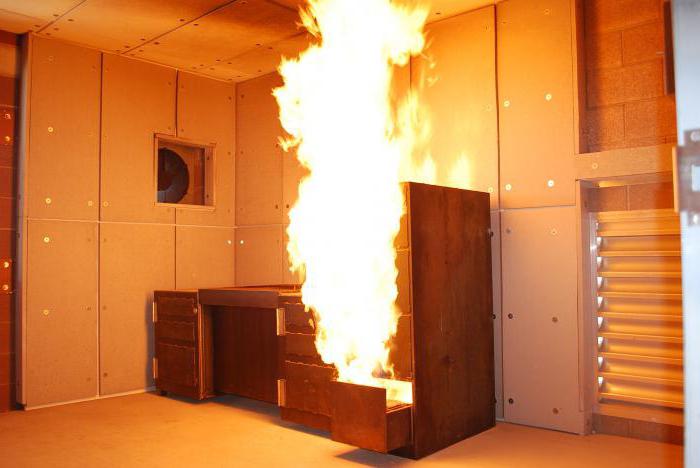
Carbon dioxide (ОУ) fire extinguisher should be recharged and repaired only in specially designated places. These include charging stations and other specialized organizations. Each cylinder must undergo a re-examination five years after the device has been manufactured.
At the same time, its contents should be monitored at least once every two years.
Important safety precautions
After the fire fighting equipment has been used indoors, the building must be ventilated. Special care should be taken to extinguish a person holding a carbon dioxide fire extinguisher. Indeed, during the discharge of the charge from the bell, the temperature on the surface of the device usually drops to -60-70 degrees Celsius.
The rules for using the OU-2 carbon dioxide fire extinguisher, as well as its other varieties, categorically prohibit such actions:
- direct the jet in the direction where people stand;
- to carry out repair work in a room with a fire extinguisher under pressure.
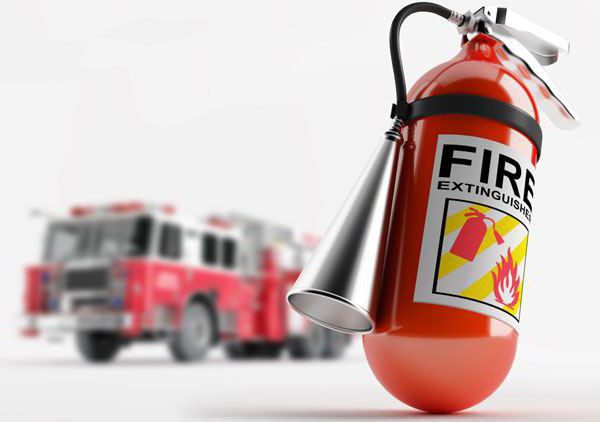
Do not use the device without a seal and checks set by the manufacturer. It is also forbidden to independently carry out any repair work.
Some application features
A carbon dioxide fire extinguisher, the instructions for which are described in this article, has such application features:
- The possibility of frostbite as a result of a sharp decrease in temperature in the nodes of the device itself.
- Significant thermal stresses are likely to occur as a result of very sharp cooling of flammable objects.
- There is a risk of a significant reduction in the amount of oxygen in the air.
- Carbon dioxide vapors have a toxic effect on the human body. They can cause choking and dizziness. With such symptoms, you should immediately call an ambulance.
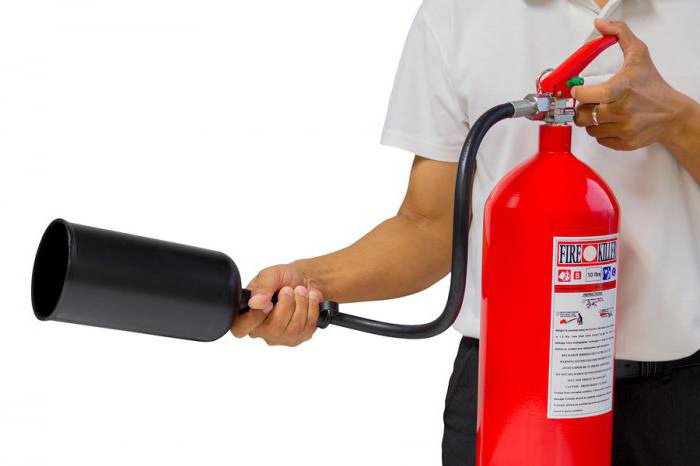
Carbon dioxide fire extinguisher device
A standard carbon dioxide fire extinguisher consists of a cylinder body made of steel, a siphon tube, as well as a bell and a trigger. The cylinder itself is filled with carbon dioxide under high pressure.
The siphon tube is immersed in liquid carbon dioxide, which leads to the subsequent rise and release of OM.
The purpose of the bell is to optimize the discharge and to distribute the substance correctly.
The trigger mechanism usually consists of checks or seals, which serve as reliable protection when the device is not used properly. Also in its structure there is a lever, with the help of which the action of fire fighting is activated. Top cover for safe storage.
The container itself is made of durable steel and painted in red.
General rules for proper fire fighting
Before you start to extinguish a fire, you need to identify its source. Only then can you determine which fire extinguisher is suitable for this.Typically, this information can be obtained by looking at the label of the device.
Starting to extinguish a fire is from the windless side, gradually approaching the source of ignition. If a vertical surface burns, it must be extinguished from top to bottom.
If the room is equipped with several fire extinguishers, then they must be used simultaneously. Watch carefully for the source of the fire, as the fire may erupt again. Never turn your back on him. After the fire extinguisher is used, be sure to send it for recharging.
Observing these rules and starting to act in time, you can easily cope with small fires. In emergency situations, do not try to cope with the fire yourself, call firefighters. And do not forget to monitor the condition of your fire extinguisher, because the lives of many people can depend on this.






